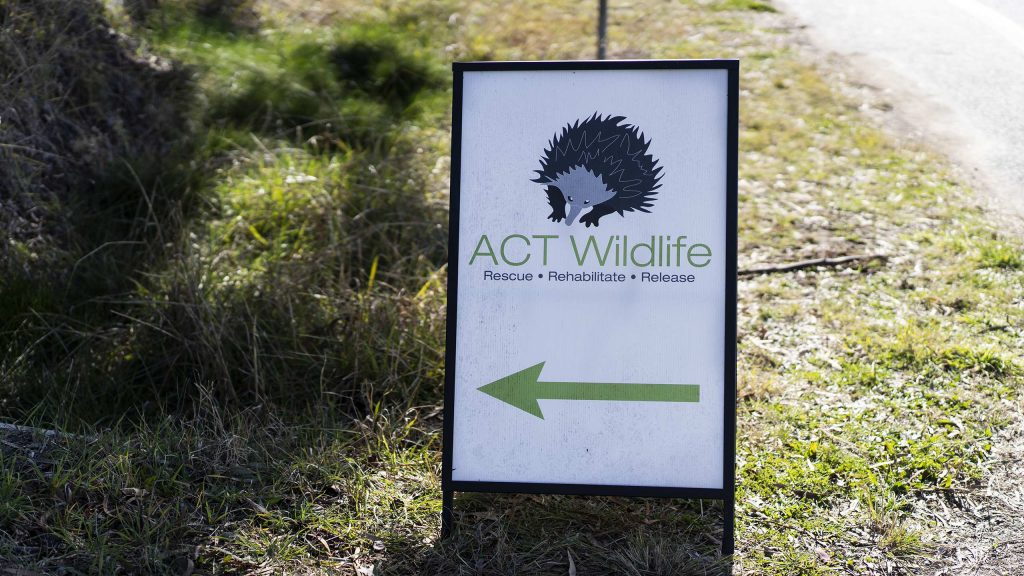How to raise a wombat
Lindy Butcher has her hands full – literally and figuratively – volunteering as President for ACT Wildlife and caring for animals in need.
Volunteer with: ACT Wildlife
When the RSPCA shifted their focus away from native wildlife and towards domestic pets, twenty of their wildlife volunteers had a barbeque.
‘Eight years ago, we held a barbeque in Marg’s backyard. We asked ourselves “do we think we can do this again under our own banner?” recounts ACT Wildlife President Lindy Butcher.
It was settled, and the carers set up ACT Wildlife to create Canberra’s only native wildlife rescue and rehabilitation organisation. ‘We now have 75 carers and another 25 or so support volunteers.’
Marg Peachey was the driving force behind the formation of ACT Wildlife and was its president for many years. She is still an active carer today and her passion has been one of the things that has enabled ACT Wildlife to grow and succeed over the years. Lindy is pleased to be able to carry on Marg’s work.

Carers look after sick, injured or orphaned wildlife. Some animals require 24-hour care, like baby ‘pinkies’ (marsupials who have not yet grown fur and are too young to leave their mothers pouch), other animals like birds or reptiles can be relatively low maintenance. Time is another aspect of wildlife caring, with some animals staying for a couple of days, and others taking much longer to reach the point where they can be released back into the wild. Wombats, for example, can take around 18 months to raise.
The volunteers at ACT Wildlife aren’t just carers. People who can’t or don’t want to do caring activities can raise mealworms to feed animals in care, take shifts answering the phone lines (which are open 24 hours a day), knit possum pouches, or transport animals. Volunteers also get the chance to gain lots of new skills through ACT Wildlife’s extensive training opportunities.
Recently, ACT Wildlife has secured four years of funding, which will enable them to properly set up their animal first aid clinic, and potentially hire someone to run the administrative side of the organisation. ‘All of our business management is done by volunteers. It would be great to be able to employ an administrative person to take some of that work off volunteers.’
Some milestones for ACT Wildlife include gaining charity status, being able to employ staff, and receiving this commitment to funding. ‘Funding is recognition from the government and is proof that our work is valued. It’s great and brings us to the next level of what we want to do’ says Lindy.
ACT Wildlife wants to continue to help the ACT’s wildlife by expanding to do more preventive work, by promoting how to protect and live with animals in the urban environment.
ACT Wildlife is always looking for more volunteers across all activities, but some volunteers are harder to find than others. ‘It’s always difficult to keep the phones staffed out of hours’ says Lindy. Phone volunteers are the invaluable link between the public and the organisation, and it’s something you can do from your own home. It’s easy to sign up to become a member and volunteer on the ACT Wildlife website: ACT Wildlife – Caring for native wildlife in ACT.

Wonderful Wombats
While Lindy loves all animals that come into care, she confesses that her favourite are wombats.
‘They intrigue me, because as babies, they’re so like humans. But as adults, they’re such solitary, focused, solid animals.’
‘I love parrots, possums, and other animals, but most of them are short term relationships, a few weeks or months, but raising a wombat takes about 18 months, it’s like welcoming a new person into your family.’
Wombat carers at Wildlife ACT care for orphaned or sick wombats around the clock, with really young babies needing a feed as often as every 2 hours!
Caring for wombats is a long-term commitment, and the work doesn’t stop when they’re ready to be released. Carers study release sites quite extensively before deciding to release a wombat there. ‘People don’t realise the process we go through every single time, it’s very involved.’ Lindy explains,
‘We release them in areas where there are no major roads, permanent water, and not too many resident wombats. We also do a scout and make sure there are no monster wombat droppings, which would suggest a large male. Then we often monitor the sites by camera for a few weeks to make sure there aren’t any dogs. Finally, we take the animal out, make sure there are two or three burrows they can look at, we walk them around the area, show them where the water is.’ This seems to work, and in all of Lindy’s years of wombat experience, she’s only known of two that haven’t immediately settled into their new digs. They usually pick a burrow, disappear down it, and the next thing you know, dirt’s flying out of the burrow, and the wombat is renovating their new home’.
When the relocating is done, carers often monitor the wombats in the area over time. Video evidence, which is time consuming to collect and analyse, suggests that ACT Wildlife’s methods are working. But Lindy says, ‘it would be good to have an evidence-based protocol to determine the effectiveness of our approach.’ To do this, ACT Wildlife is working with researchers from the Australian National University to monitor released wombats through their microchips to see how they’re going over time.
Volunteer efforts to ensure the successful release of wombats is just one example of their dedication to protecting ACT’s wildlife.
ACT Wildlife volunteers are an invaluable asset to the Canberra community. If you would like to learn more or get involved, check out their website: ACT Wildlife – Caring for native wildlife in ACT.


